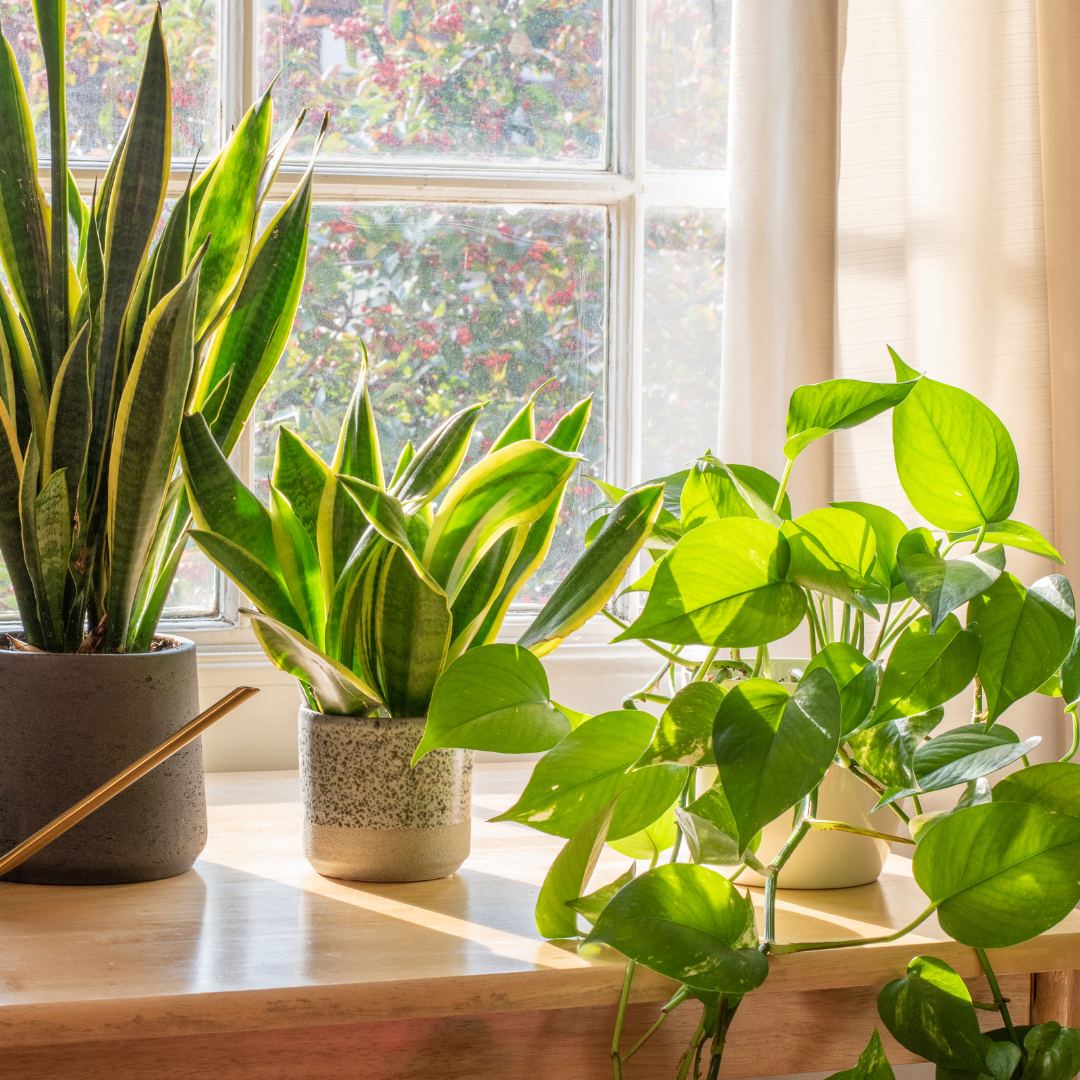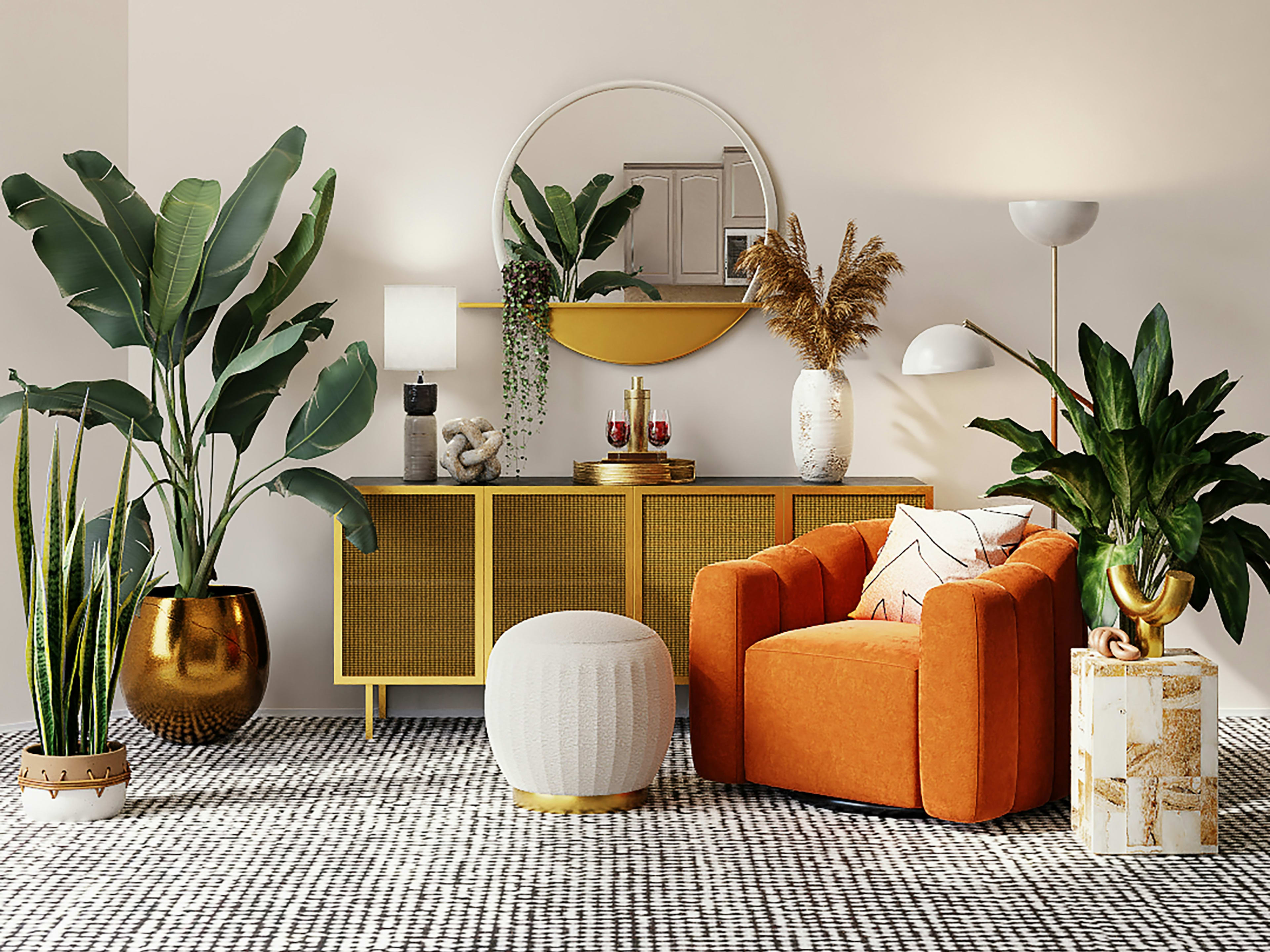Discover the Secrets of Low-Light Indoor Plants and How They Boost Your Atmosphere
Low-light interior plants have gathered enhancing attention for their unique capability to boost both aesthetic allure and ecological high quality within homes and workplaces. These resilient types, consisting of the Serpent Plant and Tranquility Lily, not just flourish in tough illumination conditions yet additionally play a pivotal role in air filtration and emotional well-being. Understanding the specific advantages and care needs of these plants can dramatically impact your space. As we discover the complexities of their advantages, you might find understandings that might change your environments in unforeseen methods.
Benefits of Low-Light Indoor Plants
Although many individuals think that interior plants require abundant sunlight to grow, low-light interior plants provide a multitude of advantages that make them suitable for various settings. Among the main benefits is their versatility; they can thrive in areas with minimal all-natural light, such as workplaces, cellars, or areas with tiny home windows. This attribute allows individuals to improve their surroundings with plant, contributing to boosted looks without the requirement for considerable lighting modifications.
Moreover, low-light indoor plants can considerably boost indoor air quality by filtering hazardous toxins and launching oxygen, making living spaces healthier. Study has actually shown that specific varieties can take in toxins, therefore promoting a cleaner ambience. Additionally, they can enhance mental wellness by decreasing stress and increasing efficiency. The existence of plants has actually been linked to better sensations of harmony and focus.
Moreover, low-light plants typically need less upkeep than their sun-loving equivalents, making them perfect for active people or those new to gardening. Their strength allows them to thrive with very little treatment, thus providing a satisfying experience for plant lovers and beginners alike. In summary, low-light indoor plants offer both useful and aesthetic objectives, making them valuable enhancements to any area.
Leading Low-Light Plant Ranges
Low-light interior plants been available in a variety of types, each offering distinct features and benefits fit for dim atmospheres. Among the most preferred selections is the Serpent Plant (Sansevieria), recognized for its air-purifying capacities and architectural fallen leaves. This resilient plant thrives on forget and can tolerate a vast array of light problems.
One more outstanding choice is the ZZ Plant (Zamioculcas zamiifolia), which includes shiny, dark environment-friendly fallen leaves and is extremely drought-tolerant. Its versatility makes it a favored for offices and homes with limited sunlight.
The Pothos (Epipremnum aureum) is likewise a leading contender, with its routing creeping plants and heart-shaped fallen leaves - Best low-light indoor plants. This functional plant can be educated to climb up or cascade, adding visual passion to any type of area

Care Tips for Low-Light Plants
Taking care of low-light indoor plants requires a nuanced understanding of their certain requirements to make certain optimum growth and vigor. It get redirected here is necessary to select the best potting mix, as a well-draining dirt is important to avoid origin rot. A blend made for houseplants, commonly containing peat moss and perlite, works well for many low-light varieties.
Watering is another key element of treatment. Low-light plants normally call for less constant watering compared to their sun-loving counterparts.
Fertilization ought to be approached with caution. Throughout the growing season, a diluted fluid plant food can be used monthly, however in cold weather, several low-light plants get in inactivity and require little to no fertilizing.
Finally, it is very important to regularly clean up the leaves to get rid of dirt, enabling for far better light absorption. By sticking to these treatment suggestions, you can cultivate a growing setting for your low-light interior plants, enhancing both their appearance and long life.
Enhancing Air Quality With Plants
Indoor plants play a significant duty in boosting air top quality within homes and workplace. With the process of photosynthesis, these plants soak up carbon dioxide and release oxygen, adding to a healthier ambience. In addition, particular low-light interior plants possess the capacity to filter dangerous pollutants, such as formaldehyde, benzene, and trichloroethylene, which are generally located in interior environments.
:strip_icc()/philodendron-b37371f3-c7eb0d91eedb4946b5854c08914dc82c.jpg)
Furthermore, the presence of indoor plants can increase moisture levels, which aids ease dry skin and breathing concerns, further boosting general wellness. This capacity to boost air quality not just promotes physical health and wellness yet also sustains mental health.
Incorporating low-light interior plants into your living and working spaces can cause an extra vibrant and stimulating environment (Best low-light indoor plants). Buying these natural air cleansers is a straightforward yet reliable strategy for boosting interior air high quality and cultivating a healthier way of living
Developing a Tranquil Indoor Room
The assimilation of plants right into living areas not only boosts air high quality however likewise contributes to a peaceful ambience. Low-light indoor plants, such as serpent plants and pothos, are specifically efficient in developing a peaceful atmosphere, as they flourish in conditions that might or else be inhospitable for various other plant. Their lavish foliage supplies a relaxing visual, decreasing anxiety and promoting relaxation.
Integrating these plants right into your office or home can stimulate a feeling of peace and wellness. Purposefully placing them in locations where you spend considerable time, such as living work areas or rooms, permits an immersive experience with nature, which has actually been revealed to boost mood and cognitive function.
Moreover, the gentle motion of fallen leaves in reaction to airflow can create a vibrant aesthetic aspect that enhances the overall ambiance. Think about making use of a range of plant elevations and structures to add deepness and visit this page passion to your room. With thoughtful placement and care, low-light interior plants can transform any kind of area into a peaceful refuge, fostering not only aesthetic contentment however mental and likewise emotional health.

Final Thought
Integrating low-light interior plants right into various settings returns substantial benefits, including boosted air top quality and enhanced aesthetic appeal. These durable species not only prosper in very little light however also add to a calming ambience, advertising psychological and mental health. By picking ideal selections and executing proper care strategies, people can efficiently cultivate a peaceful indoor area that fosters wellness and performance. The transformative power of low-light plants underscores their worth in improving both work-related and property settings.
Although several people presume that indoor plants require abundant sunlight to flourish, low-light indoor plants supply a wide variety of benefits that make them perfect for different settings.Additionally, low-light indoor plants can significantly boost indoor air quality by filtering system dangerous toxins and releasing oxygen, making living rooms healthier. In addition, certain low-light indoor plants have the capability to filter harmful toxins, such as benzene, trichloroethylene, and formaldehyde, which are commonly located in interior settings.
Low-light indoor plants, such as serpent plants and pothos, are particularly reliable in creating a peaceful environment, as they thrive in conditions that might or else be inhospitable for various other plant.Including low-light indoor plants right into various environments returns substantial benefits, consisting of enhanced air quality and enhanced aesthetic allure.